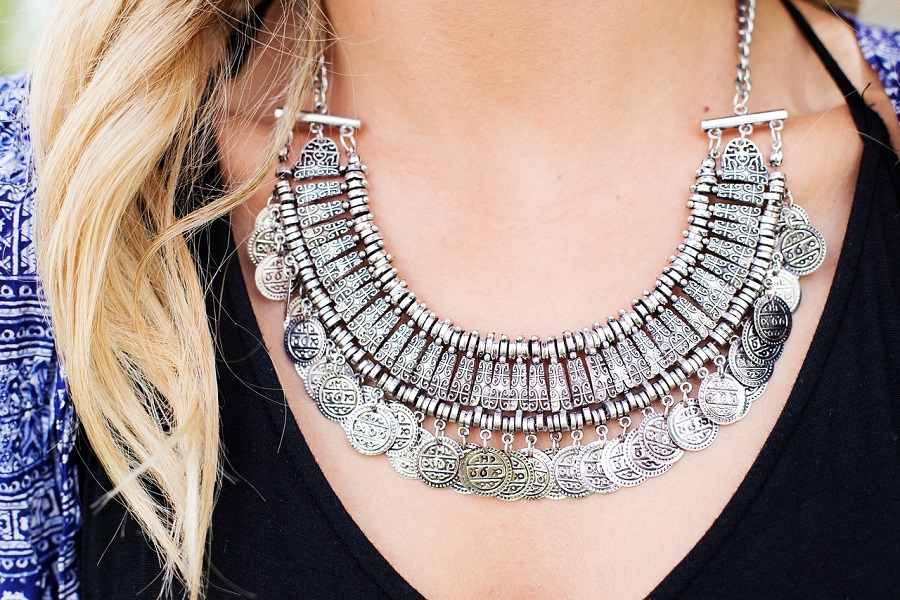``Global Fashion Capitals: Exploring the Influence of Paris, Milan, New York, and Tokyo on Modern Fashion``

Fashion has always been an expression of culture, creativity, and identity, and certain cities around the world have become synonymous with style and innovation. These cities, known as the global fashion capitals, are more than just hubs for designers and fashion enthusiasts—they are the beating heart of the industry, setting the tone for trends, shaping global aesthetics, and influencing how we perceive and wear fashion. Among these iconic cities, Paris, Milan, New York, and Tokyo stand out for their significant roles in the evolution of both the art and business of fashion.
Paris: The Epicenter of Elegance and Luxury
Paris, often considered the fashion capital of the world, has a long history of shaping the fashion landscape. Known for its timeless elegance and luxurious craftsmanship, Paris is home to legendary designers like Coco Chanel, Christian Dior, and Yves Saint Laurent. The city’s haute couture tradition, which involves high-end, bespoke fashion pieces, continues to set global standards for exclusivity and opulence. Paris Fashion Week, one of the most prestigious events on the fashion calendar, showcases both emerging talent and the grand collections of established maisons.
Paris' influence extends beyond fashion runways. The city itself, with its cobbled streets, iconic landmarks like the Eiffel Tower, and art museums such as the Louvre, serves as a living canvas, inspiring designers, photographers, and stylists. The fusion of history, art, and style makes Paris a continual source of creativity for designers from all over the world.
Milan: The Hub of Italian Craftsmanship and Modern Chic
Milan is Italy's undisputed fashion capital, known for its exceptional craftsmanship, innovative designs, and modern chic. Milan's fashion houses, including Gucci, Prada, and Dolce & Gabbana, combine luxury with contemporary aesthetics, ensuring that Milan remains at the forefront of global fashion. Milan Fashion Week is a platform for bold, forward-thinking designers who continually push the boundaries of style.
Milan also stands as a symbol of Italian craftsmanship, with a particular focus on tailoring, leather goods, and accessories. The city's commitment to quality and precision in production has earned it a reputation for being the birthplace of some of the finest luxury goods in the world. Beyond its fashion scene, Milan is known for its architecture, design, and art, which seamlessly integrate into the city’s fashion identity.
New York: The Diverse Powerhouse of Street Style and Innovation
New York, with its bustling energy and diverse population, brings a distinct vibe to the global fashion stage. The city is known for blending street style with high fashion, allowing for a constant flow of creativity that shapes not only trends but also the way fashion is perceived as a form of personal expression. Designers like Ralph Lauren, Calvin Klein, and Vera Wang have made New York their home, building fashion empires that resonate globally.
New York Fashion Week, often seen as the first major fashion event of the season, sets the tone for upcoming trends. The city is also famous for its innovation in fashion technology, sustainability initiatives, and the rise of inclusive fashion. The combination of cutting-edge fashion, diverse street style, and an ever-evolving approach to business and tech makes New York a vibrant and essential player in the global fashion scene.
Tokyo: The Intersection of Tradition and Futurism
Tokyo, Japan’s fashion capital, is a unique blend of traditional aesthetics and futuristic innovation. Known for its avant-garde style, Tokyo is a city where street fashion intersects with high fashion, creating some of the most bold, eccentric, and creative looks in the world. Designers like Rei Kawakubo (Comme des Garçons) and Issey Miyake have made Tokyo a powerhouse of experimental and conceptual fashion.
Tokyo is also known for its subcultures, including Harajuku fashion, which celebrates individuality and eclecticism, making it one of the most influential global fashion movements. Tokyo Fashion Week showcases designers who blend traditional Japanese garments with modern techniques, while the city itself offers a playground for new trends, colors, and fashion innovations. The focus on minimalism and futuristic elements, paired with the rich cultural heritage, makes Tokyo an exciting and ever-evolving fashion capital.
The Future of Global Fashion Capitals
As the global fashion industry continues to evolve, these fashion capitals will remain integral to shaping the future of fashion. With the rise of digital fashion shows, sustainability concerns, and a growing emphasis on inclusivity, the fashion capitals will continue to adapt and innovate, while still holding onto the traditions that made them iconic.
In an increasingly globalized world, these cities not only shape trends but also represent the convergence of culture, creativity, and commerce. They inspire designers, influence consumer behavior, and serve as platforms for the next generation of fashion talent. Whether it's Paris’ timeless elegance, Milan’s luxurious craftsmanship, New York’s eclectic street style, or Tokyo’s futuristic vision, these global fashion capitals will continue to lead the way, shaping the industry for years to come.







